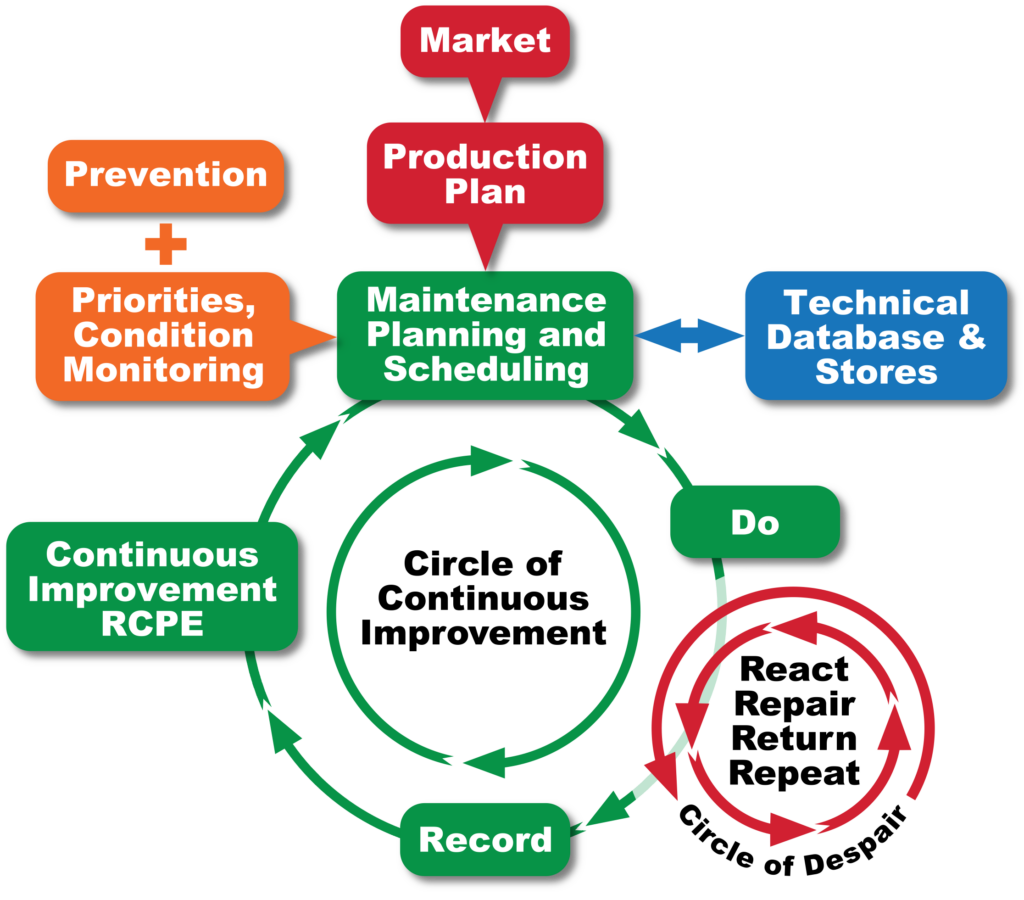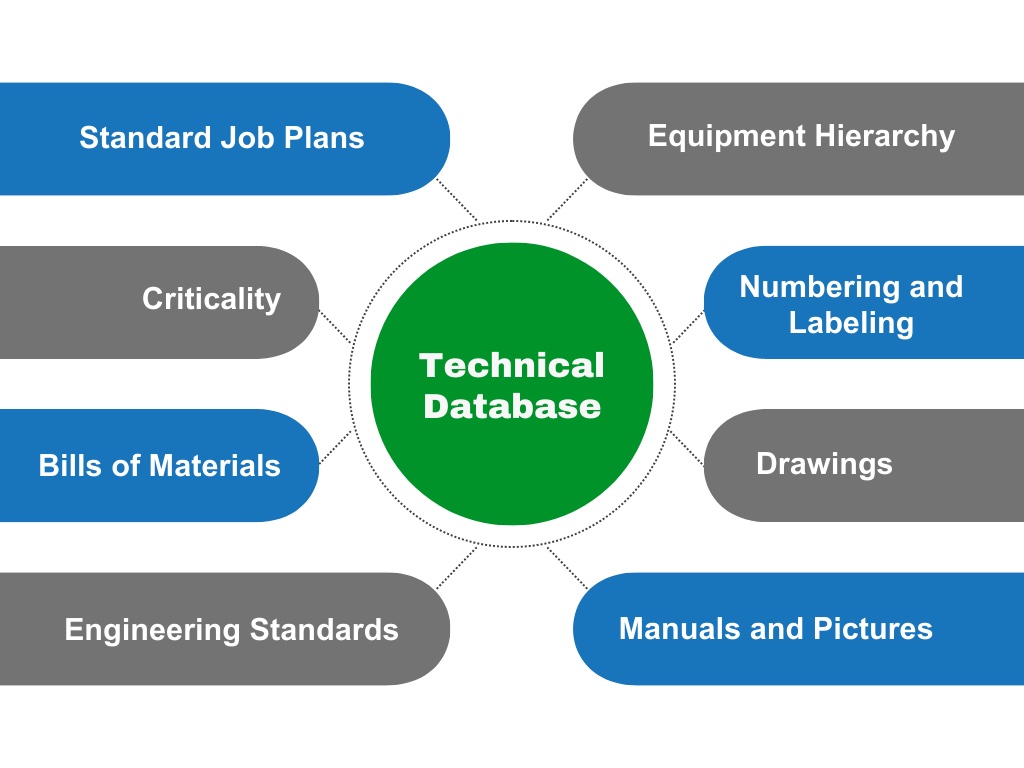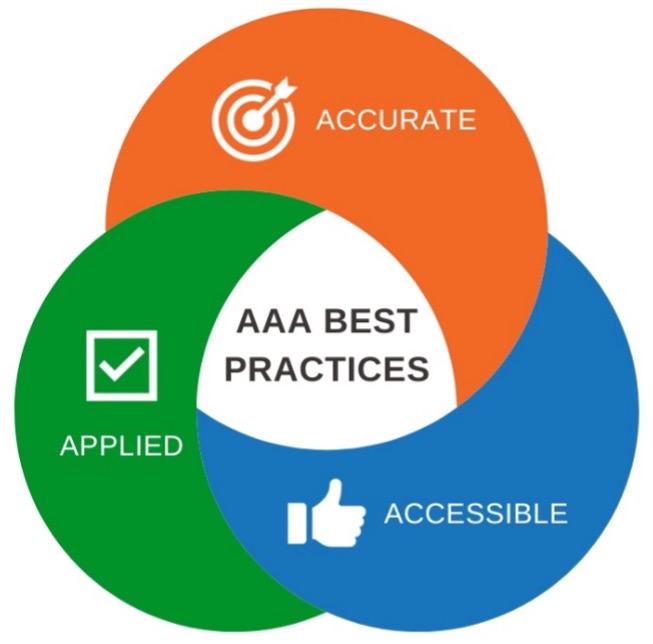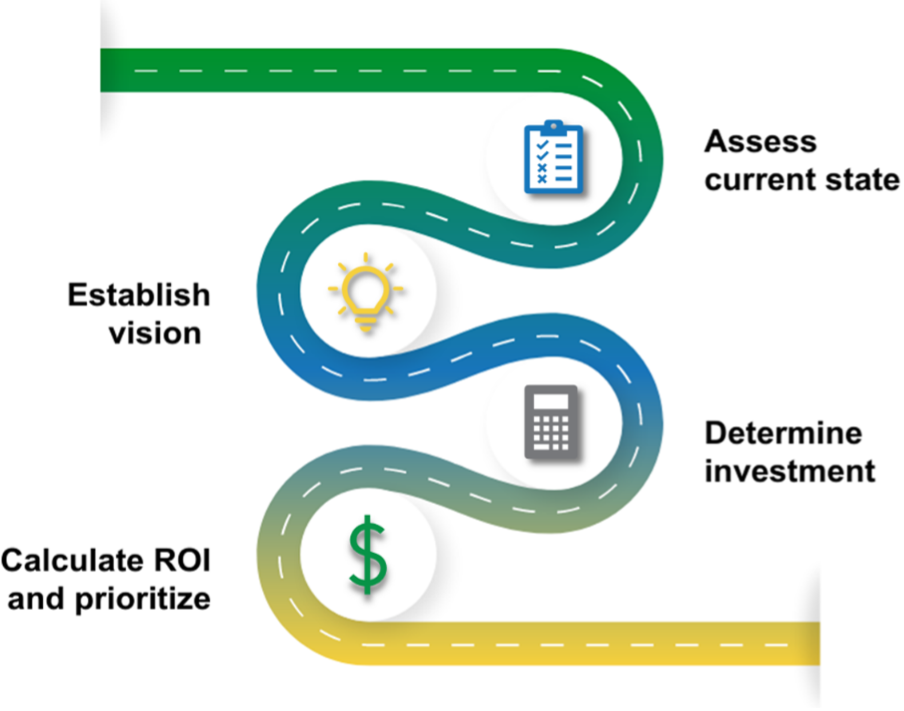Find the Hidden Value of the Technical Database
John Sewell, CMRP, Consultant, IDCON INC
Posted 11/23/23
The Hidden Value of the Technical Database

IDCON was recently called to do an assessment for a client who was struggling with work management. Work wasn’t being identified before failures occurred, crews didn’t have the instructions they needed to do good work, and the backlog was growing. Management wanted to increase production output and needed better productivity from maintenance to happen at the same time.
IDCON interviewed planners to find the root cause of the poor performance. An alarming trend developed during the interviews. On average, the planners were only writing work instructions 5% of their time. For the other 95% of the time, they had a wide range of other tasks to do. These included ordering parts, contractor and project management and pure administrative tasks. These tasks may need to have been done but they distracted the planners and took time away from the important job of giving the crews clear instructions.
What is the Technical Database?
Maintenance planning and scheduling is a vital aspect of keeping plants, mills, and mines running. Planning and scheduling allow us to do efficient work in the field that we can continuously improve.
Planning defines what, how, and how long of a maintenance activity. Planners should spend most of their time defining these three things for upcoming work. Scheduling defines the who and when of the planned jobs. The Operations Maintenance Coordinator (OMC) takes the lead in building weekly schedules and is the point of contact between the two departments.
There are three key enablers to planning and scheduling. Maintenance prevention like cleaning and proper lubrication keep failures from occurring. Condition monitoring catches failures early and allows time to plan and schedule safe corrective work. The technical database and stores support planning and scheduling by supplying the information and parts we need to be efficient and effective. Without the enabling elements, a vicious cycle of reactive work happens called the circle of despair.

Planning requires a certain level of skill and knowledge of basic maintenance practices. Planning also requires access to technical information. These documents can be classified into 8 categories and make up the technical database.

What is the Value of the Technical Database?
The first way an improved technical database adds value is by increasing the productivity of the maintenance crews. In plants where the planners and coordinators aren’t fulfilling their roles, it’s often being left to the maintenance supervisors or individual maintenance technicians. This reduces the amount of time available for inspections and repairs. Supervisors and crews also take longer to gather the needed instructions and materials. In reactive plants, crews don’t have time to research the job and make repairs as quickly as they can with no supporting paperwork. With a skilled trades shortage, the quality of these repairs is often doubtful.
It’s common to find crews defining what to do, how to do it, and how long it will take (up to half of their day). Tasks like scoping jobs, waiting on parts, and arranging for permits take valuable time away from work in the field. With 60 craftspeople in a maintenance department, it adds up to 240 hours per day that the crews are doing their own planning. Streamlining the planning process and better work management practices can drastically reduce that number and free up 190 hours per day.

Another value of an improved technical database is that planners can be more efficient. Planners can spend 40-60% of their time managing parts. Emailing and calling vendors, waiting on quotes, and writing purchase requisitions take up much of the workday. With 4 planners each spending about 40% of their day managing parts, 12 hours per day are being wasted. With better bills of material, this number could be reduced, and a full-time equivalent position freed up.

Downtime can also be reduced with an improved technical database. Production losses are often caused by equipment failure. In a reactive environment there’s a scramble for the instructions and parts needed for the repair. The equipment is down longer than it would be if the work management system was better organized. Over the course of the year, a significant amount of bottom-line profit could be saved by improving the work management system and technical database.

What are the Best Practices of the Technical Database?
Using three best practices will generate the most value from the technical database. Focus on developing a technical database that is accurate, accessible, and applied. The three best practices are straightforward but take careful planning to do successfully.

Accurate
There are two aspects of accuracy to focus on. The data should be correct and complete. Data accuracy is especially important for components of the technical database that are used for critical and repetitive maintenance jobs. Aim to have 100% of the maintainable assets covered by the technical database. Accuracy will be improved by having clear ownership of each element. To keep the data accurate, ensure all changes made in the field are reflected in the data.
Accessible
It’s important not to overlook the accessibility of each component of the technical database. To be fully accessible, all users must understand and be able to find the data. Accessibility is improved by training. The best way to save the documents is in an easily searchable database that matches the hierarchy.
Applied
To be of any value, the technical database must be applied to the work in the field. Having well-organized documents that are accurate and accessible doesn’t add any value unless it is used to drive improved work execution. To ensure the technical database is being applied, conduct spot checks on a routine frequency.
How to Improve the Technical Database?
Use a four-step process to get started on improvements.

The first step is to assess the current state. Look at each of the 8 elements and judge them against the three best practices. The goal is to uncover what a poor technical database is costing and dig into the reasons.
Assessing the technical database can be a challenge. The information is usually spread across different departments so no single person has the full picture. Knowing questions that will uncover the current state of your technical database also presents a hurdle.
To help overcome these obstacles, IDCON has developed a three-part survey. The survey will enable you to gain a deeper understanding of your technical database and its impact on your work management system.
Click here to take the survey.
Second, set up a vision. Dream big, set stretch goals, and get alignment.
The third step is to figure out the investment needed to reach each goal. Some goals will require more work than others so find the level of effort to reach the goals.
The fourth step is to calculate a return on each improvement project. Work can then be prioritized and start on the most value-added project.
Summary
The technical database supports planning and scheduling. There are 8 components, and three best practices. The costs of a poor technical database are often hidden but look like inefficiencies, unproductive work, mistakes made in the field, downtime, and higher costs of production. A four-step process is used to uncover the current state and prioritize projects that have lasting benefits.
Read more about the Technical Database:
- What is the Technical Database?
- Numbering and Labeling
- Drawings
- Engineering Standards
- Bill of Materials
- Criticality
- Standard Job Plans
- Equipment Hierarchy
- Why Take the Survey?

John Sewell, CMRP
John Sewell, CMRP is a Consultant with IDCON INC, a specialized management consulting firm in the field of reliability and maintenance management. As a consultant, John works with clients in any industry to improve reliability and lower manufacturing and maintenance costs through hands-on coaching and training.
Related Articles

Too Small for a CMMS? Think Again

The Role of Information Technology in Plant Reliability

The Future of CMMS





